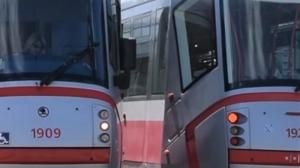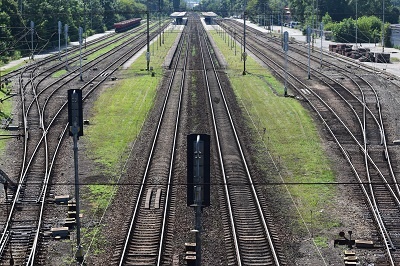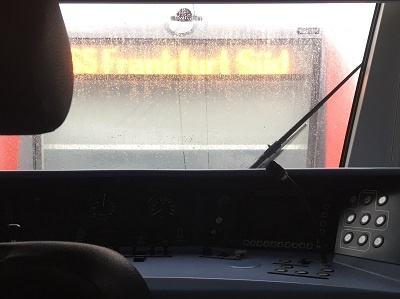Definition of tram
The tram is a transport system that cannot easily be squeezed into a concrete scheme. It takes on the most diverse forms and modes of operation in the cities across the world. In this chapter, we will discuss all relevant forms of operation, both in front of and behind the scenes. In addition to the classic one-way tram, there’s also bi-directional operation. Or the tram independent of road traffic. More inconspicuous to the passenger are other forms of development, such as operation with signaling systems, depot control systems, or speed monitoring systems.
Thought one stage ahead, the tram system can occasionally be conceptualized as a train configuration coupled to each other.And last but not least, there are trams that do not even touch road traffic in any way. Especially with the last-mentioned developments, they are already initial stages or already converted systems of a light rail or subway, for which separate definitions apply in each case.

 Bahntechnik und Bahnbetrieb
Bahntechnik und Bahnbetrieb

